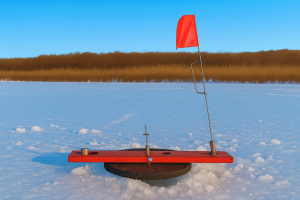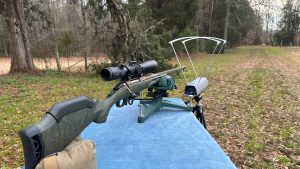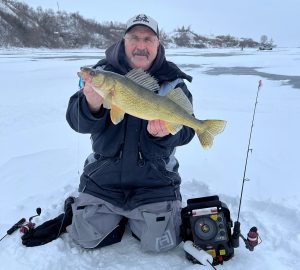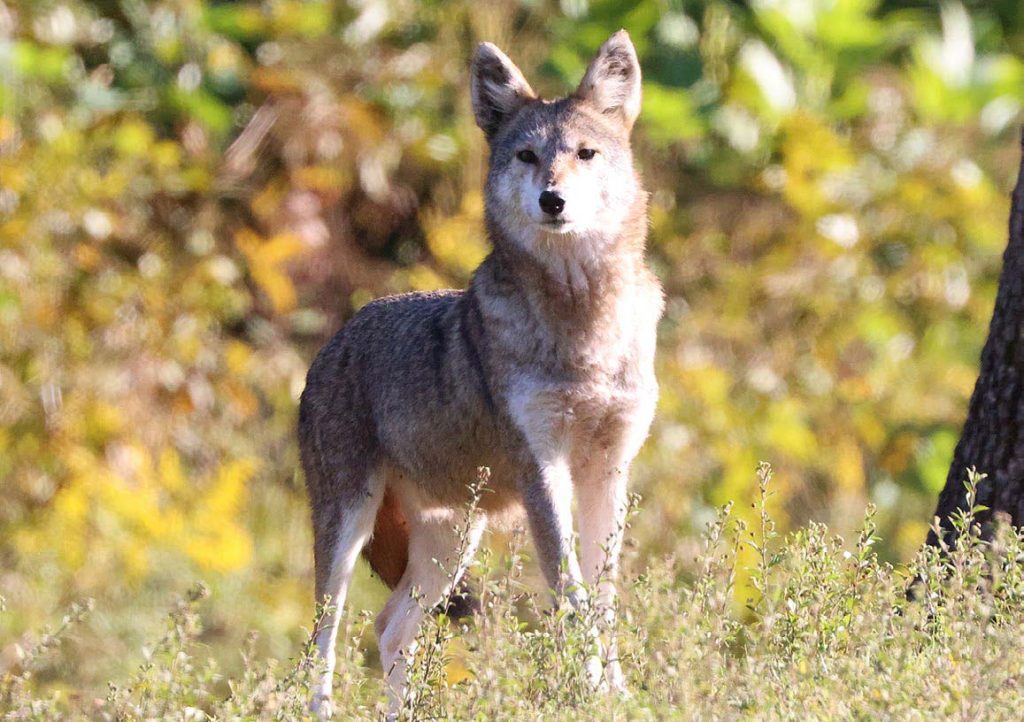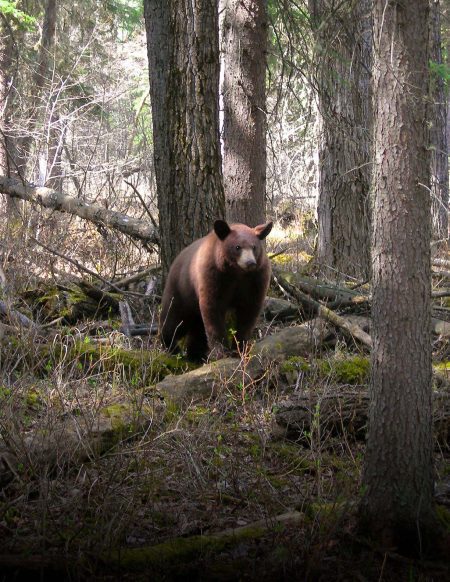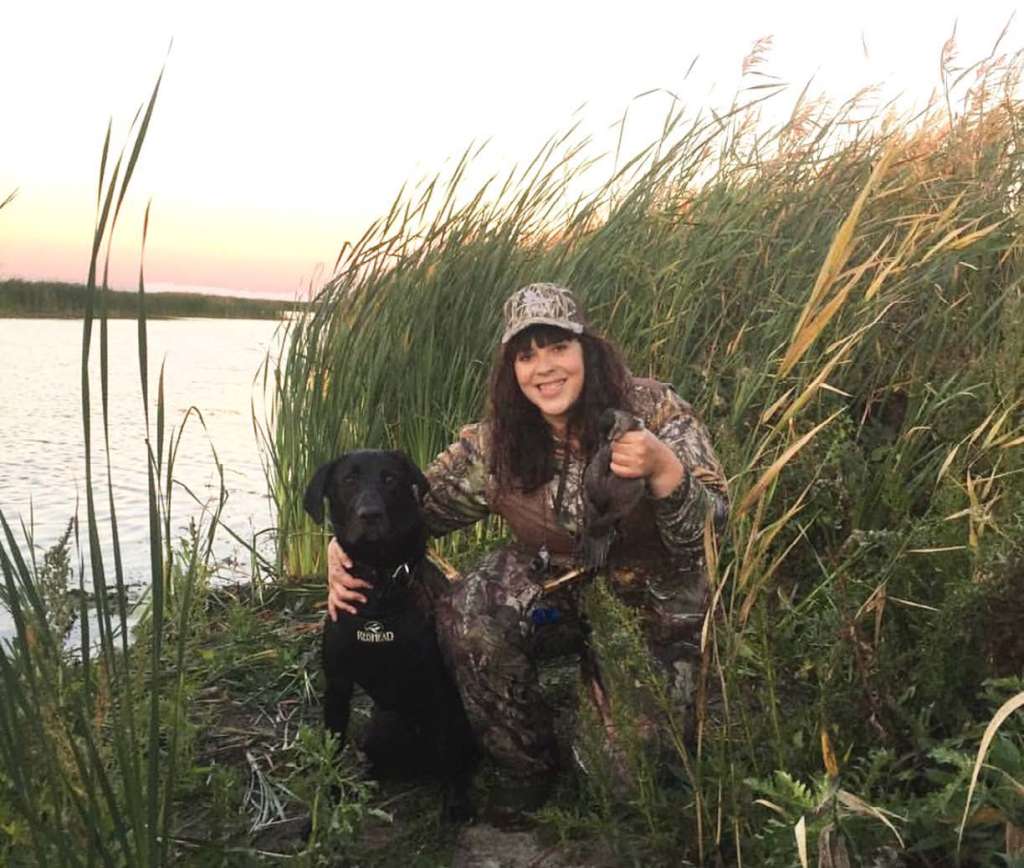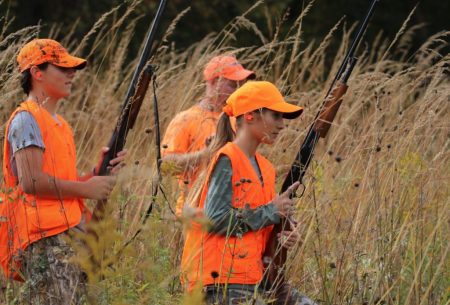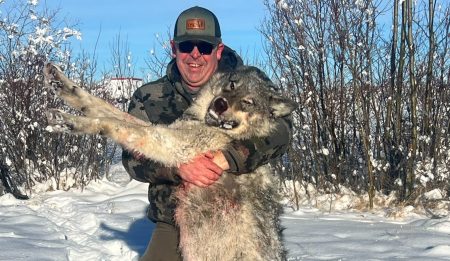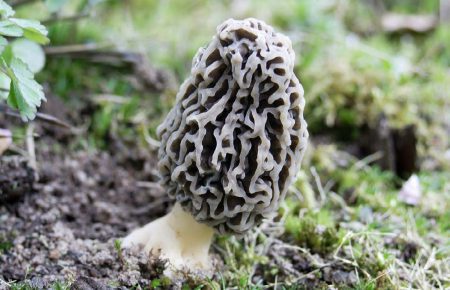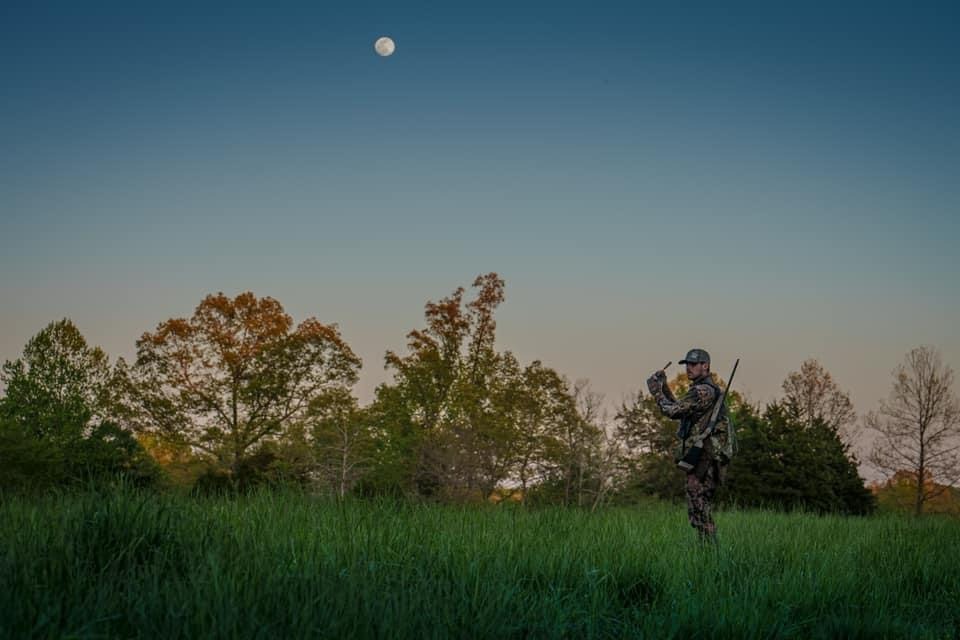Stay ahead of the game by avoiding these coyote hunting mistakes
New coyote hunters have steep learning curves to overcome. They often make rookie coyote hunting mistakes that ruin their hunts. It’s important to avoid these blunders and to go into the hunt with the ability to overcome common challenges that arise from a lack of knowledge.
1. Not Scouting Digitally
Those who don’t use modern scouting tools are missing out on exceptional opportunities to increase efficiency. Digital scouting helps hunters identify likely hotspots to locate coyote strongholds. It also reveals where the local coyotes might be vulnerable, such as spots where you can set up and call that are difficult for coyotes to see, hear or smell a hunter.
Hunting apps aid in these things. Landowner property info can help secure hunting access. Contour, terrain, and 3D map layers are great for pinpointing topography-based hotspots (or perhaps places to avoid. Satellite, Mapbox Satellite, and National Aerial Imagery layers are great for finding habitat- and terrain-based hotspots.
Those who hunt coyotes on public land can use app layers that identify potential spots to try. Offline maps allow hunters to use their preferred app even when service is minimal or non-existent. Some hunters also use these apps to look at forecasted weather to gauge future and current wind directions. That element is vital in planning coyote stands and access routes.
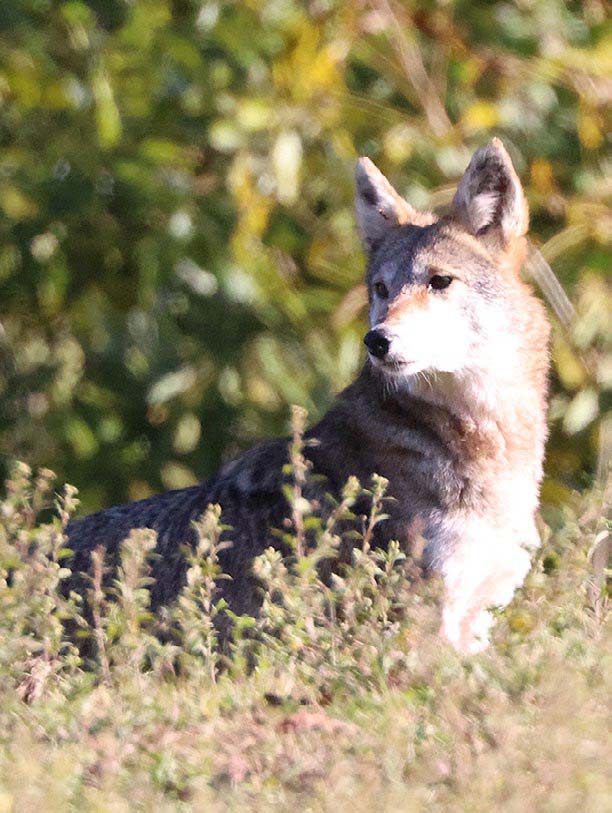
2. Forgetting Environmental Influences
Coyotes are extremely adaptable. When their environment changes, often their patterns do, too. They constantly shift according to the things that change around them. This includes where they den up, seek out food sources and more. Don’t forget about environmental influences.
3. Failing to Factor in Timing
Timing affects everything. Don’t forget to factor this in. From the terrain to focus on to the access routes to use, to what calls you decide to implement, the time of year influences most decisions a coyote hunter mistakes. There are many examples of this. Rabbit distress sounds are great most of the year, especially in fall and early winter. Fawn distress sounds are ideal in late spring to late summer. Cattle pastures are excellent places to find late-winter coyotes because that’s when most cattle are calving. Coyotes sometimes capitalize on weak cows and calves, but they’re really targeting the afterbirth and the rich manure deposited by young calves.
4. Ignoring the Breeding Cycle
Coyotes are generally monogamous. They pair with a selected mate sometime in late fall to early winter. Generally, these male-female pairs settle in a location and control a radius of territory. Then, the bulk of breeding occurs from February through March. Often, these males won’t tolerate non-offspring adult male coyotes within their territory. That makes this late-winter and early-spring timeframe perfect for using coyote howls and challenges to provoke a fight out in the open.
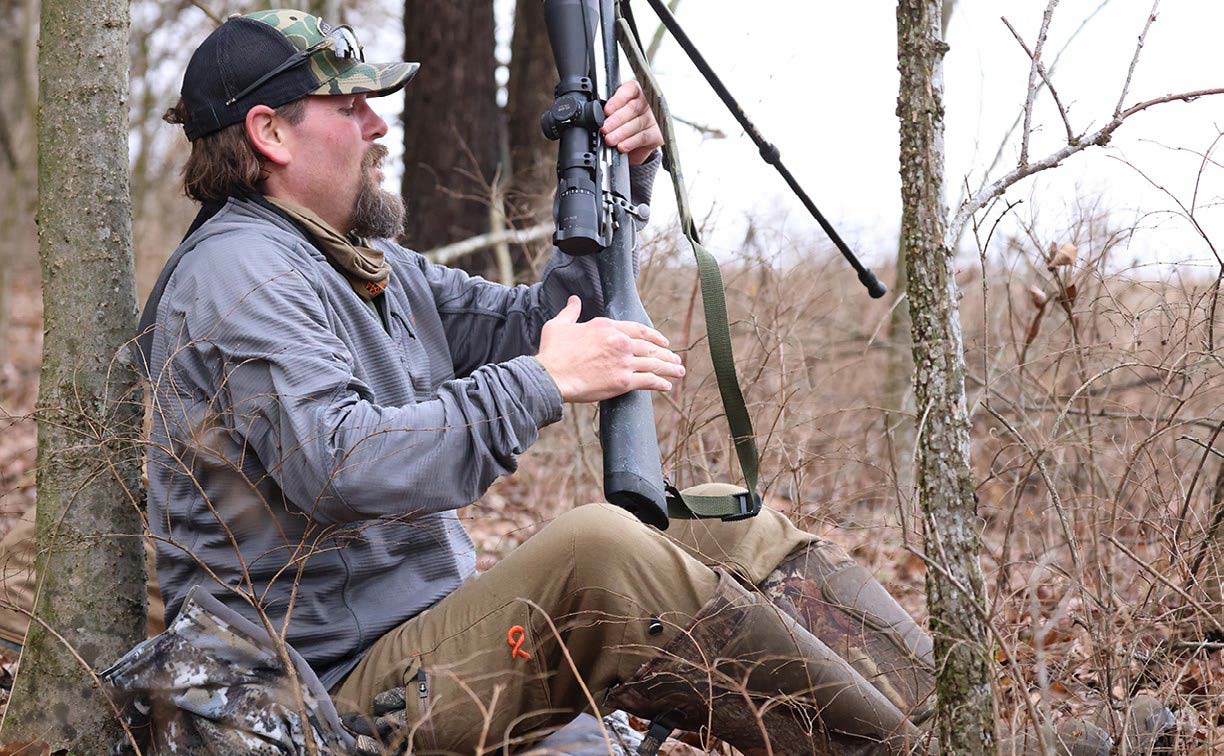
5. Taking Poor Access Routes
Whitetail hunters put a lot of emphasis on using good entry and exit routes. Coyote hunters who don’t put the same level of importance on these aspects are being careless. Coyotes have incredible sight, hearing and sense of smell. Using access routes to stands that shield you visually, audibly and wind-wise from where coyotes are likely to be laying up is of utmost importance.
6. Throwing Caution to the Wind
Once in position, it’s important that the wind is good for the stand location. Most of the time, coyotes attempt to get downwind of the calling source. Hunters should preferably first ensure that the overarching wind direction isn’t blowing in bulk toward expected coyote locations. Secondly, if using an e-caller, a hunter should place the speaker in a spot that gives some buffer if coyotes circle downwind of it. That’s something that can usually be accomplished when hunting with a crosswind.
7. Setting Up Without Wind Blockers
The third wind-related checkbox is setting up with wind blockers in place. It isn’t always possible, but when selecting stand locations, it’s beneficial to take advantage of bluffs, creeks, rivers, and other barriers that prevent coyotes from circling downwind. If these aren’t possible, an open field can serve as a similar purpose. Hopefully, that lets you get a shot off in the open before the coyote makes it into the scent cone.
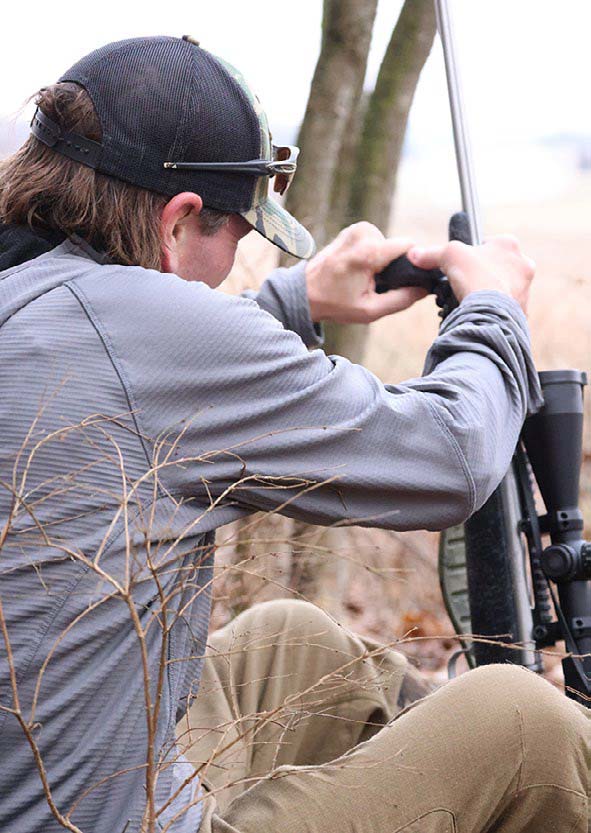
8. Setting Up Without Visibility
Often, the best coyote stands are within cover. This is especially true in the Northeast, Southeast and parts of the Midwest. In these regions, song dogs aren’t as apt to break cover, especially in pressured areas. Even in these scenarios, it’s crucial to set up with shooting lanes. It’s impossible to shoot something that can’t be clearly identified and seen well enough to take an ethical shot.
9. Using the Wrong Calls
As previously mentioned, it’s important to employ the right calls. Use those that fit both the caller’s skillset and also the situation. E-calls aren’t legal everywhere. In these places, hand calls are mandatory. In other areas, one e-caller might be ideal due to speaker size, having the correct pre-loaded call types and so on. Another e-caller might not be formatted for the situation at hand.
10. Using the Wrong Vocalizations
Just because a hunter has the right call for the situation doesn’t mean they’re using the correct vocalizations. It’s crucial to adapt vocalizations to the scenario. This increases realism, which is a must. Coyotes are intelligent and they will sniff out an inexperienced caller who doesn’t think about realism. This factor impacts calling frequency, vocalization sequencing, and additional elements. Ensure that your vocalizations paint a picture or a scenario that intrigues nearby song dogs with an enticing, real-life situation.
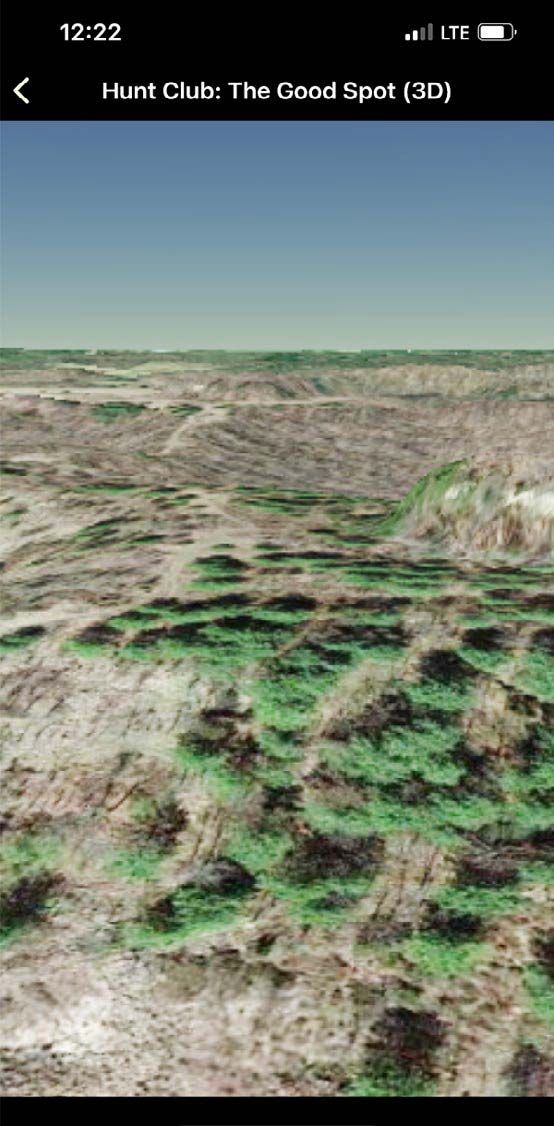
11. Calling Too Much
Overcalling can be a problem. Often, novice coyote hunters keep the calls running hot. That can sound like something that isn’t natural to the environment, ultimately tipping off coyotes. Start with lesser calling and ramp it up gradually until it’s time to move to the next set.
12. Sounding Too Unrealistic
Cadence, pitch, frequency and sequencing are important when calling coyotes. This is true for both predator and prey sounds used during the hunt. If using multiple vocalizations, make sure these make sense being used together. For example, locator howls followed by challenge howls make sense. Playing three or four different prey-in-distress sounds usually does not.
13. Not Displaying Dekes
Decoys aren’t always necessary, especially in areas with tighter cover. But if calling out in the wide open, coyotes commonly hang up and search for the source of the call. If they plop down on a distant rise, scan the area, and don’t see the call source when they know they should, it’s common for these dogs to bug out and depart. In such scenarios, a decoy can help a hesitant coyote to fully commit. Match the vocalizations to the decoy.
14. Moving Too Much
Coyotes have keen eyes. They pinpoint movement quite well. Hunters who move around too much tend to get picked off before they even see incoming dogs. This is especially true in more broken habitats with intermittent cover and openings. As they get closer to the calling source, coyotes routinely hold up on the edge of cover. This gives them time to spot hunters occasionally moving.
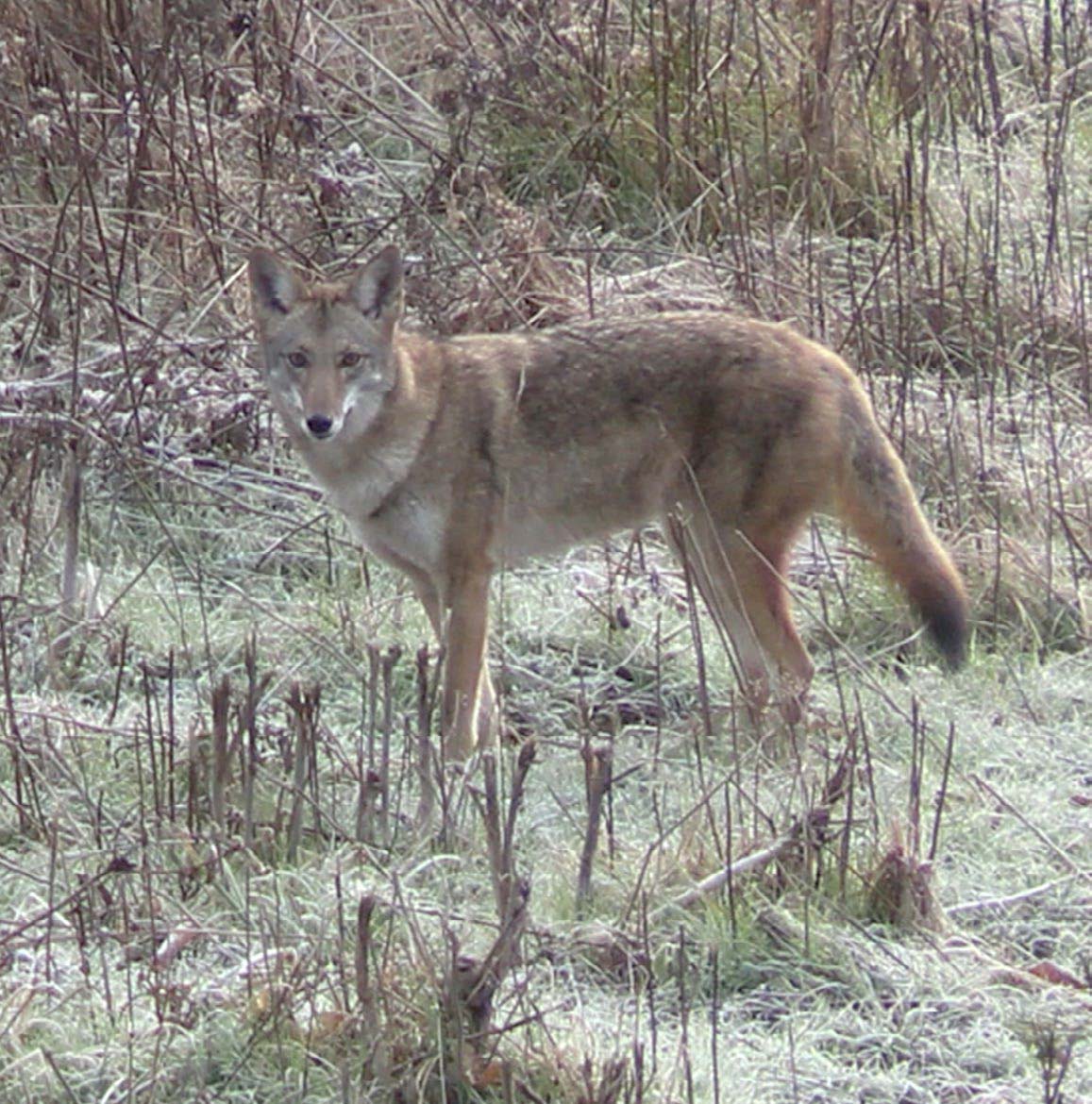
15. Basking in Sunlight
Hunters need to find a good hide to stay out of sight. This requires setting up in a spot where direct sunlight isn’t hitting them. Remain in the shadows. If that isn’t possible, camp out in a location where shadows are longer so that it’s more difficult to be seen by incoming coyotes.
16. Jumping Ship Too Soon
In the spring, summer, and fall, those using prey sounds can generally move on after 25-30 minutes at a setup. In pressured areas, consider extending that another 10-15 minutes. That said, by winter, when hunting pressure ramps up and hunters are using more predator sounds, it might take a coyote up to 45 minutes to respond. Consider giving these sets more time, especially in areas where expectations of coyote presence abound.
17. Being Too Predictable
Hunters who do the same things over and over or do things the same ways as all other coyote hunters around, tend to experience less success. It’s important to change things up, including access routes, stand locations, call types, vocalizations and more. Do things slightly differently from what you normally do and what others do to keep coyotes off guard.
18. Shooting Too Soon or Too Late
Those who wait for the perfect shot opportunity rarely get it. Hunters must take the first good, ethical shot opportunity presented. Squeezing the trigger too soon or too late can result in either no shot being taken or an all-out miss.
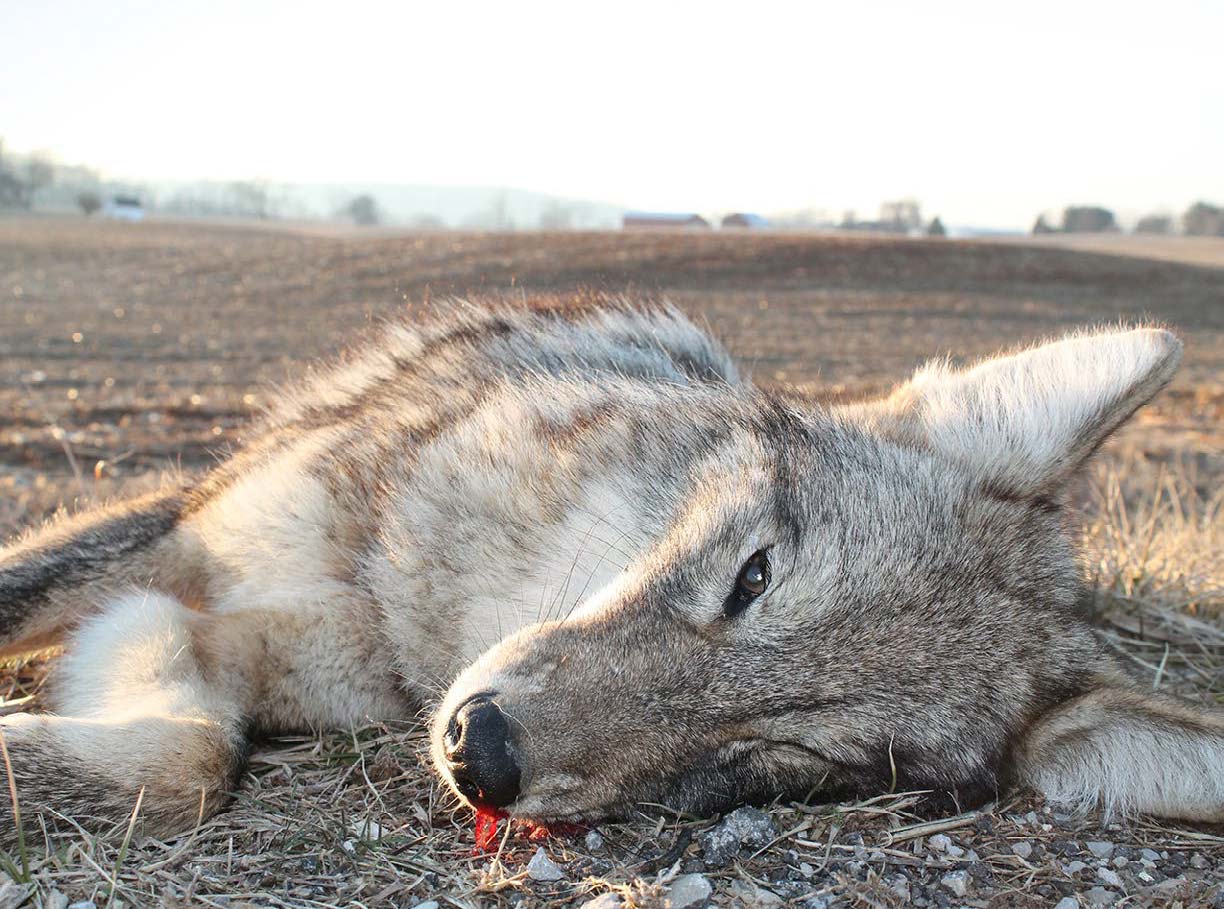
19. Unloading the Clip
Coyote hunters who miss a coyote tend to follow up with another series of shots. If you get another shot, certainly take it. But don’t unload the clip out of frustration. These low-odds volleys aren’t likely to connect. Plus, mag dumps only scare the coyote even more. After a single blast, a coyote might stop and look back, offering another shot. If not, it might return to the area sooner. But a bunch of bullets flying will send it packing, and for quite some time at that.
20. Overhunting a Property
Coyote hunters need access to numerous properties to have much success. Overhunting an area is sure to kill the quality. Plus, in winter, coyotes control territories. If a hunter has already removed several coyotes, it’s unlikely there will be more in those spots anyway. Secure as much access as possible to maximize harvests.
21. Thinking It’s Easy
Coyotes aren’t pushovers. These are very adaptable, intelligent creatures. Whether novices or experts, hunters should never underestimate song dogs. These animals are cunning, and hunters must recognize that and even expect these animals to do savvy things. Coyote hunters who do that can l avoid most rookie coyote hunting mistakes.
And finally, if you do have success – check out HuntChef’s Coyote Recipe below!
Per our affiliate disclosure, we may earn revenue from the products available on this page. To learn more about how we test gear, click here.

